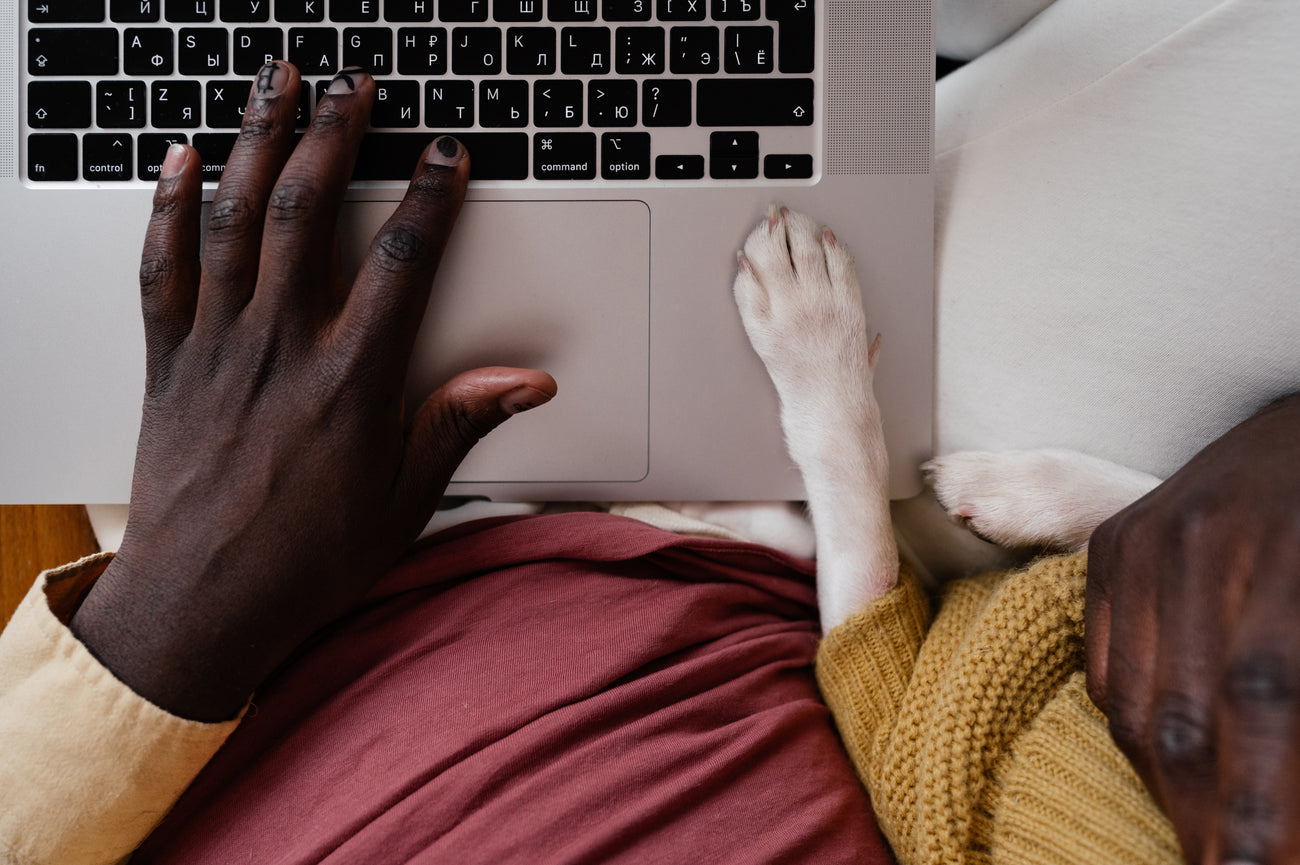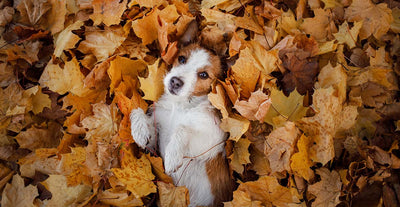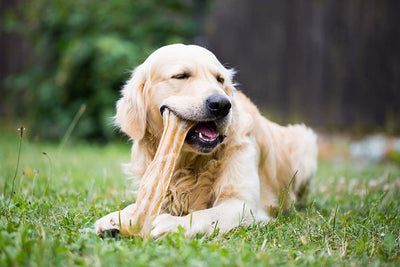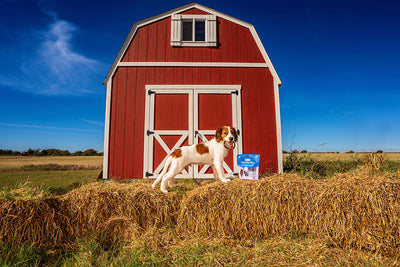Training should begin in a quiet environment with few distractions. The chosen reward should be highly motivating so that the puppy focuses entirely on the trainer and the reward. Although a small food treat generally works best, a favorite toy or a special dog treat might be more appealing. It might also be helpful to train the puppy just before a scheduled mealtime when it is at its hungriest. For difficult or headstrong puppies, the best way to ensure that the puppy will perform the desired behavior and respond appropriately to the command is to leave a leash attached and to use a head collar for additional control. In this way, you can prompt the puppy into the correct response if it does not immediately obey, and the pressure can be released as soon as the desired response is achieved.
Puppies like to nip a lot while their teeny-tiny canines grow in. But sometimes, they don’t realize just how hard their little bites can be. It is important to teach them not to bite you or others while they’re still young. If your pet nips you too hard, say, “Ow!” in a loud, high-pitched voice similar to a puppy yelp. This will warn them that they bit too hard and tell them to back off. Give your doggie a treat or say, “Good boy/girl,” when they listen. Another clever alternative is to ignore them. Turning around and tucking your hands in your armpits acts as a calming signal, which is “a minor form of attention withdrawal,” Kathy Santos, a dog-training expert told the American Kennel Club. Never yell or physically punish your puppy because your furry friend will just interpret it as another form of attention, even if it’s negative.
Advance on their commands by practicing them outside your home in the front or backyard. Bring your puppy to a new location, such as the park, and practice their commands and some command combinations.
It typically takes 4-6 months for a puppy to be fully house trained, but some puppies may take up to a year. Size can be a predictor. For instance, smaller breeds have smaller bladders and higher metabolisms and require more frequent trips outside. Your puppy's previous living conditions are another predictor. You may find that you need to help your puppy break old habits to establish more desirable ones.
It may seem obvious, but playful puppies don’t always walk easily on a leash. Practice makes perfect in this case. Training a puppy to walk calmly and respectfully on a leash will help you when you socialize them and housebreak them. “If you can’t control your dog on a leash, then you’re not going to go very far,” says Theresa Viesto, a Labrador retriever breeder and handle. These are the things you do that your dog hates.
Puppies can begin very simple training starting as soon as they come home, usually around 8 weeks old. Always keep training sessions brief — just 5 to 10 minutes —and always end on a positive note. If your puppy is having trouble learning a new behavior, end the session by reviewing something he already knows and give him plenty of praise and a big reward for his success. If your puppy gets bored or frustrated, it will ultimately be counterproductive to learning.
At first, dog training can seem overwhelming, especially if this is your first dog. The truth is that training your dog is a very big project. If you take it step -by- step, you will find the task to be far less daunting.







